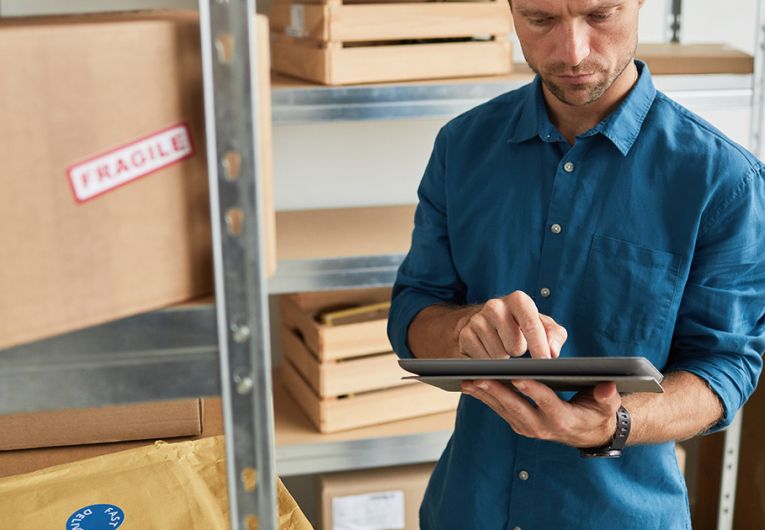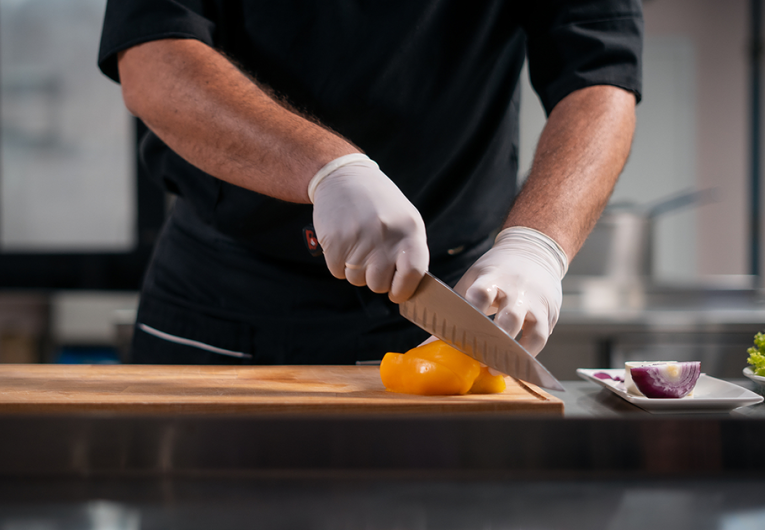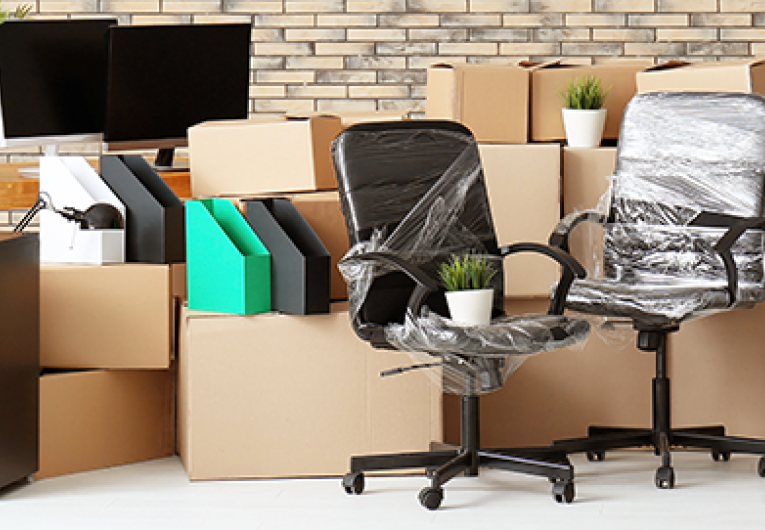
Using Your Smartphone for Business Photography
If you’re running a real estate business or selling your products online, you already know the impact a sharp and catchy picture can have on promoting sales and your company.
Hiring a professional to take care of your business photography isn’t always feasible, due to costs or logistics. So, like many small business owners, you may want to use your smartphone to create photography for your website, social media posts or other marketing.
Whether the photos you take are of jewelry you sell, your landscape work or of an employee, keep in mind they are a reflection of your business. Less-than-quality pictures, i.e., blurry or lackluster ones, could send an unintended message to your audience, including potential customers.
Here’s a roundup of advice from professional photographers, as well as marketing and media experts, on using your smartphone for your business photography.
Clean your lenses
As straightforward as it sounds, cleaning your smartphone photo lense is a good habit to start. A speck of dust can interfere with your end result, whether your subject is a person or product. You may be able to edit out a smudge later, but it’s worth the few seconds beforehand.
Move closer vs. zoom
If you can get close enough to get the shot, take it. Avoid using the zoom that comes on your smartphone lens because it can create issues that require other adjustments. For example, a zoomed-in shot produces grainy or blurry images.
Choose natural light
When possible, take photos using natural light vs. flash. Using your smartphone flash, though sometimes necessary, can over light your image and can cause problems such as harsh light and glares.
Find natural light by shooting near a window or choose an outdoor setting.
Use the gridline
The grid function on your smartphone can make it easier to align your subject in the frame. Generally, your subject should not be in the center of a photo but more to the side, taking up two-thirds of the frame. One technique is to frame your subject on one of the points where the grid intersects.
Some professional photographers recommend placing products, particularly small items, in the center of the frame. Use the grid function on your smartphone to help get that result.
Think background
Besides environments that present natural light, look for simple backgrounds to create more professional-looking photos. Pick a background that will contrast with your subject (vs. blend in). Also, avoid distracting backgrounds. For example, if you’re wanting a shot of someone on the job, don’t shoot them with the cluttered room or messy desk in your background.
If you’re doing an outdoors shot, put your subject in spot that’s shady -- that can help prevent overexposure.
Shooting products
Krysten Leighty, a technical writer at Pixelz and a professional photographer and image retoucher, advises setting up your smartphone on a tripod to take photos of products.
“Although smartphone cameras do contain internal image stabilization software, there will still be camera shake if you hand-hold your phone, resulting in blurry images,” Leighty writes in a Pixelz blog about product photography.
While the newest smartphones might have more advanced apps for photos than the older models, take a look at its features and see what you have to work with before the photo shoot.
“Whichever smartphone you choose to use for the photoshoot, make sure that your device has autofocus and the maximum amount of megapixels possible,” Leighty says.
In addition to a tripod, there are other elements you should consider for shooting products, basic tricks used by professionals in their studio or on site. Here’s a quick-hit list of such:
Backdrop. Find a gray or white backdrop for the shoot. It could be as simple as a (clean) wall. If not, you can use a sheet, rolled paper, or a foam board. Create a “sweep” to put the product on, Leighty says – make sure your backdrop is not only behind the product but underneath it as well.
Table. Use a table or something similar for your photoshoot. It will make it easier to position, and also is a good place to position your smartphone and tripod.
Lighting setup. Natural window light is your best option for product photography too so find a spot near a large window to allow for ample light in your frame. If that’s not possible, try using a larger lamp, which will work with smaller products. If you have a lot of products, look into renting a softbox-type lighting kit.
When using indoor lights for photos, opt for white lights, writes DJ Miller on resourcemagonline.com, a site for social media influencers, photographers, videographers, and vloggers. “Stay away from bulbs that cast a yellow tone over your photo’s subject,” he says.
You’re set. Have fun using your smartphone to take pictures for your business and now that you have these tips, you’re sure to deliver sharper and more professional-looking ones too.
The trends, insights, and solutions you need to grow your business.
By signing up, you’re subscribing to our monthly email newsletter, The
Wire. You may unsubscribe at any time.
Your information stays safe with us. Learn more about our privacy
policy.











![[#MSP_NAME#] Logo](/themes/sparklight_business/images/transition-logos/migration-banner-logo-[#MSP_CD#].png)
